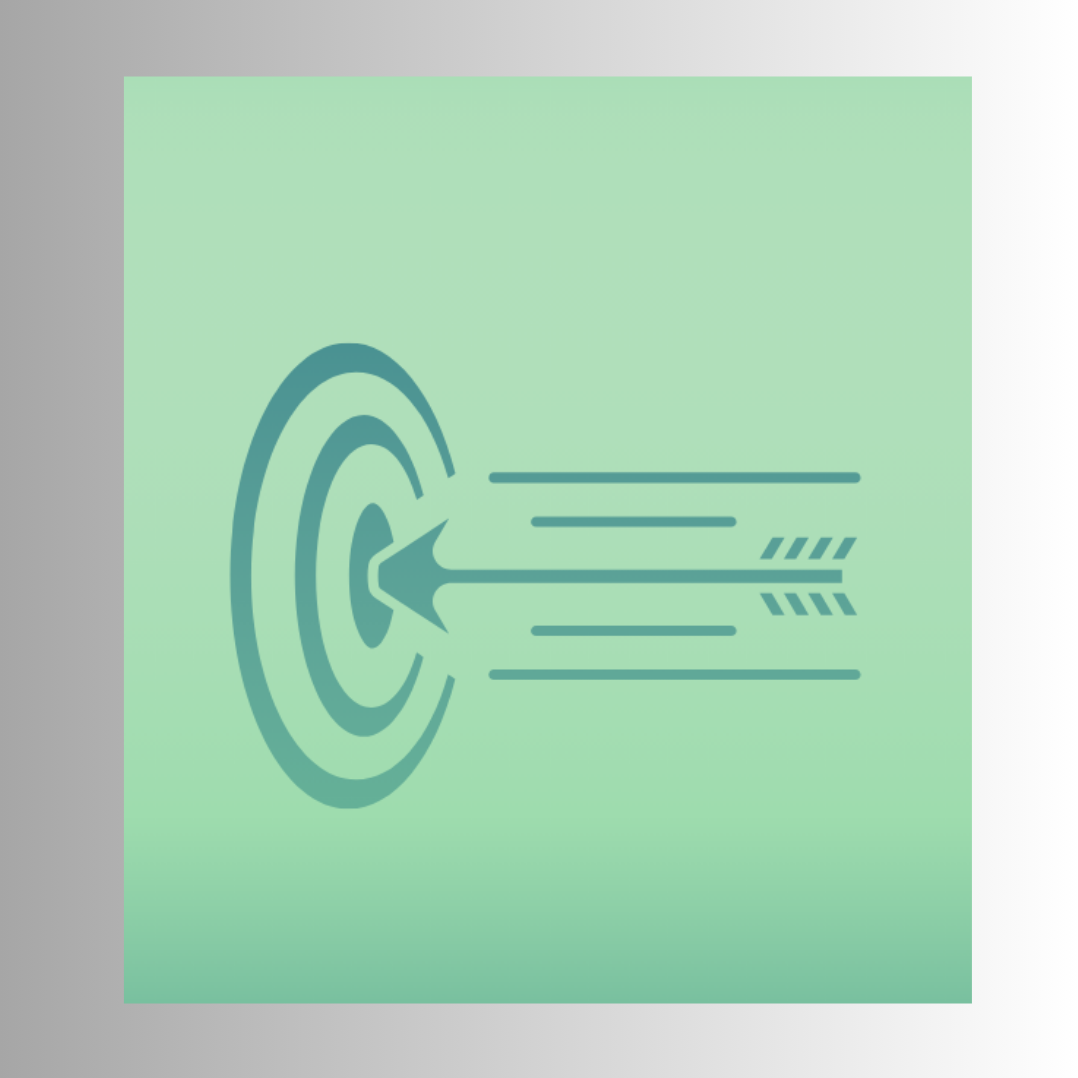
Habit Marketing: How Companies Turn Choices Into Rituals
Think about your morning. Maybe you grab a coffee on the way to work, scroll through the same app, or open an email from a brand you like. None of these things feel like big decisions. They feel automatic. That is the power of habit marketing. Companies work hard to turn small choices into rituals that repeat day after day. Once a behavior becomes a habit, it stops being a debate. It becomes part of life.
Why Habits Are Gold in Marketing
Habits matter because they reduce friction. People do not need to think about them. They act on autopilot. For marketers, this is the holy grail. When customers build habits around a brand, loyalty follows naturally. They stop comparing alternatives every time. They stop questioning whether they should switch. They simply keep doing what feels normal.
Psychologists describe habits as loops. First, there is a cue. Then comes the routine. Finally, there is a reward. Brands that understand this loop can design experiences that hook customers. A subscription box that arrives monthly becomes part of the household rhythm. A daily coffee run turns into a ritual that signals the start of the day. These habits anchor the brand in moments that matter.
How Companies Build Rituals
The most successful brands insert themselves into existing routines. Starbucks did not just sell coffee. It sold the morning ritual. The cup with the green logo became a cultural signal of productivity and comfort. People began to feel that their day was incomplete without it.
Streaming services like Netflix or Spotify rely on habits too. They encourage nightly watching or daily listening. Personalized recommendations keep the cycle alive. Over time, opening the app becomes automatic, like brushing your teeth.
Subscription services are another example. Companies like Amazon with Prime or meal kit brands create ongoing commitments. Customers pay once and then keep receiving benefits or goods without new decisions. The brand becomes part of the weekly or monthly schedule.
Apps lean heavily on habit design. Push notifications act as cues. Streaks and rewards keep users coming back. Over time, opening the app is no longer a choice. It is part of the daily pattern.
The Psychology Behind Habit Formation
The secret to habit marketing is emotional reward. People return when the behavior makes them feel good. Sometimes that reward is comfort. Sometimes it is convenience, excitement, or belonging. The key is that the brain learns to expect something positive.
Dopamine, the brain chemical linked to anticipation, plays a big role here. Each time a customer gets the reward they expect, the habit loop strengthens. The next time they see the cue, dopamine fires again, pushing them to repeat the routine. This cycle can last for years.
Consistency also matters. Brands that show up at the same time, in the same way, become part of the rhythm of life. The morning coffee, the end-of-day streaming, the monthly subscription box. These patterns create stability, and customers rely on them.
The Risks of Habit Marketing
Habit marketing is powerful, but it can also be risky. If customers feel manipulated, they may break the loop. Trust is essential. Brands must deliver real value, not just tricks. A habit built on fake scarcity or empty promises will not last.
There is also the danger of burnout. If a habit feels forced, people push back. Too many notifications or constant pressure can make customers quit. The strongest habits are those that feel natural, not imposed.
Ethics matter as well. Some industries, like gambling or fast food, face criticism for exploiting habit loops. Responsible brands use the same psychology but aim to create positive rituals that improve people’s lives. Transparency and respect keep customers engaged long-term.
Conclusion: From Products to Patterns
Habit marketing shows why some brands stick while others disappear. It is not about one-time sales. It is about building rituals. When a brand becomes part of a customer’s routine, it holds a place that competitors cannot easily take away.
Coffee on the go, streaming at night, or subscription deliveries all show the same principle. Companies that design around cues, routines, and rewards build habits that feel natural. Customers keep coming back, not because they are forced, but because it feels right.
For marketers, the challenge is clear. Focus less on single transactions and more on patterns. Create products and experiences that fit into life’s rhythms. When that happens, customers stop thinking of you as a choice. They start thinking of you as part of who they are.
